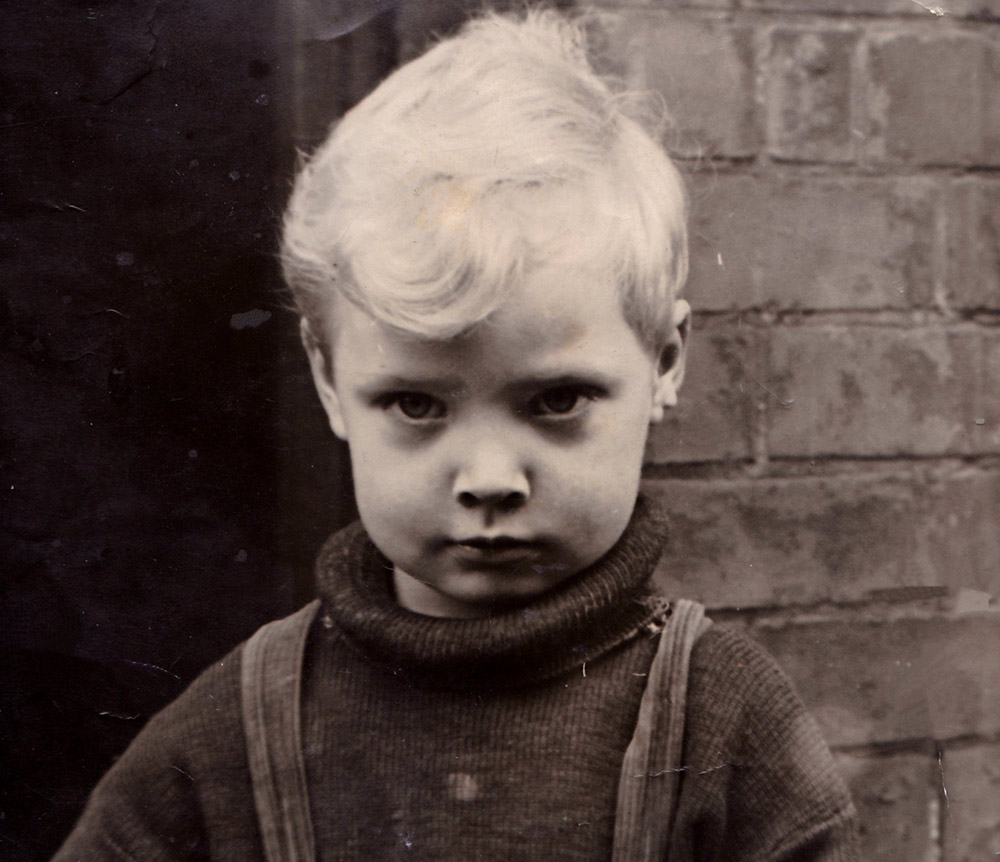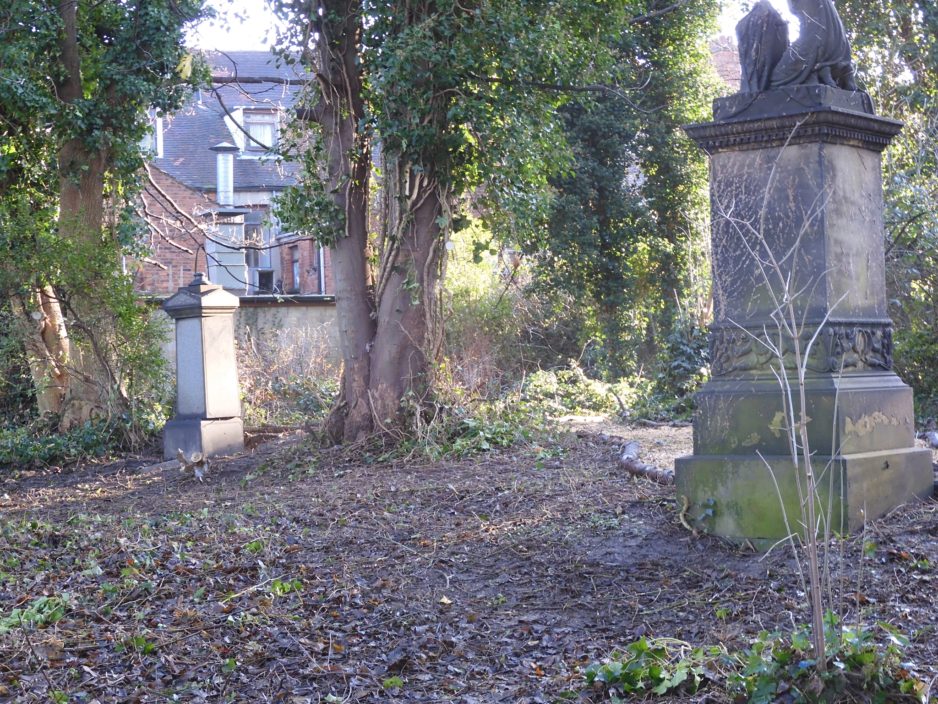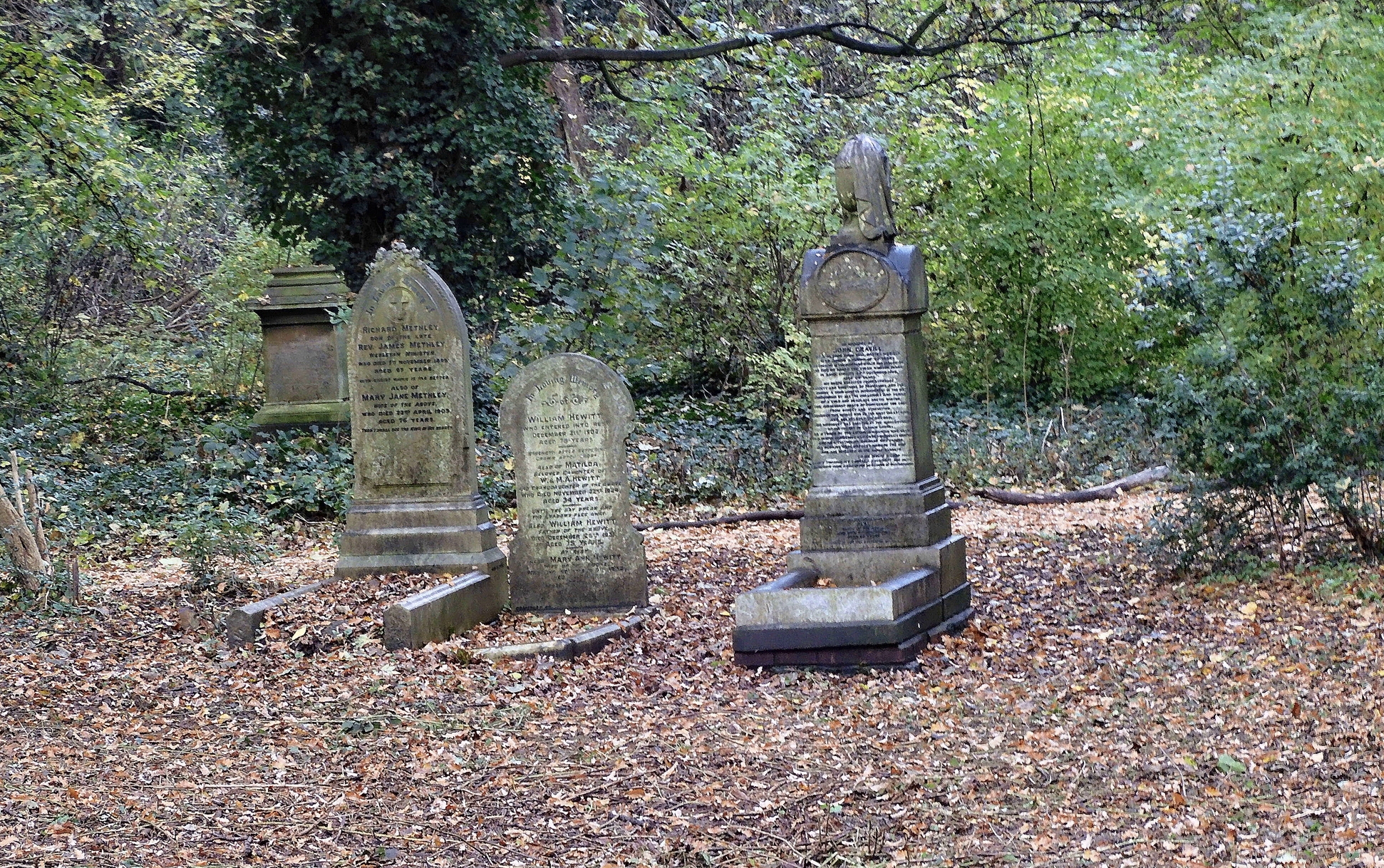Follow up meeting
On the 17th February Andrew Gibson of the Yorkshire Wildlife Trust met with the more active volunteers of the FOHGC. These included Bill Longbone, Karen Towner, Russell Moore, George and Chris Wilson.
The meeting was called by Andrew to follow up on the items discussed at the recent Zoom meeting. It was felt by both sides that clarification was needed and that an actual site visit would provide that.
Here are the minutes of that site visit.
Minutes
Meeting in Hull General Cemetery with Andrew Gibson YWT 17 Feb 2021
Reason for meeting: Follow up meeting from ‘Zoom’ meeting, as suggested by AG
Those Present: Karen Towner, WL (Russell Moore, Geoge and Chris Wilson part time)
Meeting:
The group took an anti clockwise, circular walk around the cemetery to identify any conflicts of interest between FoHGC and YWT, and obtain guidance.
The area behind the Princes Ave shops to be allowed to rest, establish bramble/thicket area around fox den. Maintain clearance around immediate areas of monuments as features. Possibly plant 3 or 4 of the saplings from the Woodland Trust to conceal shop area, not too close to premises. AG noted the HCC proposal to fell the 2 ash trees and will pursue separately.
Cut back some of the dense laurel ‘drug den’ area to expose the south frontage and block off access from the western side.
Keep ground ivy in the majority of the central areas, with no cutting back.
Keep the area wild where the white poplar tree was pollarded by the council, let trunk decay naturally, trim laurel around base of poplar, as trunk is also probably decayed.
Possibly plant ivy on rear breeze block wall near old chapel to cover unsightly graffiti covered wall.
Leave Dixon & other ‘soldiers’ area at rear of cemetery ‘as is’ allowing access.
Cut the green dogwood back at rear adjacent to path.
Generally leave ivy on the trees unless it is new growth on ‘specimen’ trees.
Contact council to cut back 4 or 5 established ash saplings to rear of bungalows on Welbeck St, as they could become a problem to the building fabric.
Wildflower meadow
Maintain wildflower meadow in centre, add some butterfly loving plants, as this is one of the few sunny areas in the cemetery. Extend the cutting of the brambles at the NE side and stack cuttings behind to decay naturally.
Cut back brambles near Thompson, Sahlgreen and Kemp monuments to form feature (in autumn). Stack cuttings at rear for wilding.

Possibly adopt the ‘old original path to the west side which is currently a walkway but could be kept as a ‘soft’ winding path.
Plant a few shrubs such as buddleia in eastern side of Butterfly area, and let nettles re-establish, as this area is still shady and mossy. Plant up butterfly loving plants with plug plants and seeds as proposed by Friends. Possibly plant ivy to grow up wall.
Workhouse area
Keep workhouse area as is, ensure the recently planted buckthorn, hawthorn and blackthorn are kept in check when they grow. Possibly plant holly/yew tree on hillock in workhouse area. Ensure that the brambles are not cut back too much, and place any cuttings to infill gaps as we are currently doing
Trim the raised bank on the pathway leading past workhouse section from Western Cemetery.
Clear area around specimen graves near the old horse chestnut tree, but create wild areas at rear to compensate.
Advise HCC of diseased horse chestnut near roadside near Quakers. Possible potential hazard of falling branches.
Clear area around Wilson’s/Rollits grave to form feature, but create wild area around.
Remove cuttings from around main gate area, maintain recent plantings. Keep watchful eye on recently planted Staghorn tree.
Create soft ‘grave interest’ sections along paths, but keep wild to rear.
Clear around Thos Stratten monument, request permission from HCC to remove tree that is damaging monument and has no ecological merit. Keep wild to rear.
Request permission to remove tree nr Kelly’s grave, cut back holly and soften area,
Plant established ‘defensive’ planting on SBW entrances to reduce number of access points.
Trim pyracanths ‘hard’ where over-growing pathways.
Remove rhododendrons near Gow grave.
Cut back brambles around Blundell monument and soften/wild area behind. Ensure ‘red’ dogwood and snowberry bushes are retained.
General Overview
Although Andrew stated that the only way to have a ‘true’ wildlife area is to keep humans out of the cemetery, he accepts that this is not an option. However, it is essential that there has to be a balance with the needs of historical and recreational groups.
AG used the analogy of a ‘swingometer’, whereby whenever the Friends are planning to carry out work in the cemetery we should question if we are doing it for wildlife or humans. If we find we are doing too much in either direction it can be redressed. The object is to ensure that we do things in a balanced manner.
It was agreed that we are now entering the nesting season, and the disturbing of nesting sites is not allowed. However, we can still work in the cemetery doing localized grave tending etc, with a constant concern for the wildlife implications
AG to chase chippings for paths, he also requested that we should ask HCC not to cut up logs when removing trees, leave as full trunk.
Subsequent to the meeting AG sent WL a link for plant sourcing.
Summary
It is accepted that there has to be a balance of wildlife requirements with the needs of historical and recreational groups.
We should always consider wildlife implications when carrying out any work, it is acknowledged that we can clear around graves to make ‘focus’ areas, but we should balance this by allowing the surrounding area to become a natural woodland.
Some areas can have further clearance, but it must be compensated elsewhere. Ground cover ivy and tree ivy is an important part of the woodland habitat, and should not be cleared, the majority of the monuments are now ivy free, and we can carry out maintenance of this work.
All pruning’s and cuttings should be put in large piles out of sight rather then leave them in smaller piles along the path.
WL agreed that he would prepare small ‘activity’ plan when working in specific areas, these maps would be correlated with the large ‘tree location/compartment’ map to provide overall plan.
WL 18 Feb 2021

Pete Lowden is a member of the Friends of Hull General Cemetery committee which is committed to reclaiming the cemetery and returning it back to a community resource.























